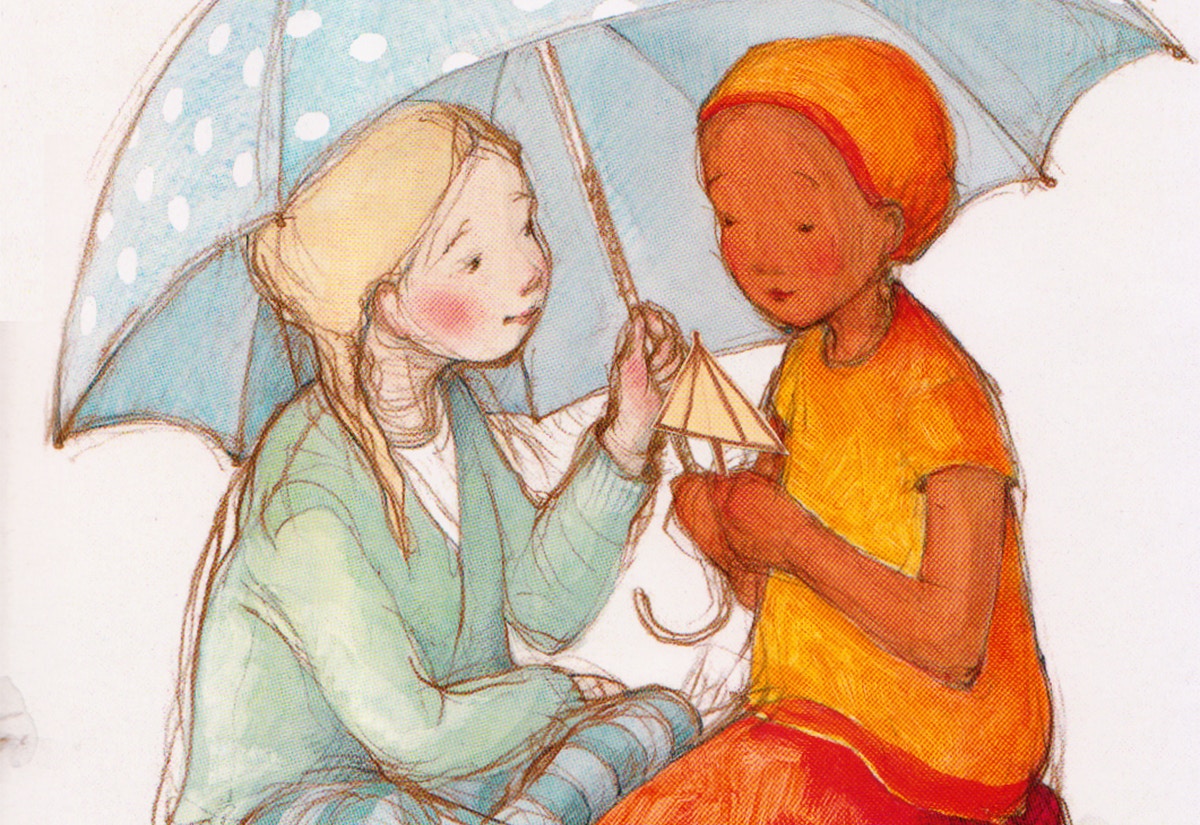“But are refugees really FORCED from their homes, or do they just CHOOSE to leave?” asked one student. “Actually,” a classmate blurted out. “Refugees ALWAYS leave because of war. There’s no other reason.” “The book says that natural disasters also cause people become refugees,” I informed the class. “For example, if your house falls down after an earthquake, and all the houses in your town do too, you can’t live there anymore, and you’d have to find somewhere else to live.” I was in a third-grade classroom as a guest reader, reading a picture book entitled “Coming to America, the Story of Immigration” by Betsy Maestro. The beautifully illustrated book provides a comprehensive guide to immigration in the Americas from the Ice Age through the end of the 20th century. The author introduces the reader to various motivations, challenges, and opportunities faced by immigrants throughout history, as well as providing a glimpse into some of the processes and laws that govern mass movements of people to the United States. Published in 1996, the book was almost certainly intended as an educational overview of the history of immigration, not as a political statement. The author’s objective was to introduce children to ways immigration is woven into the fabric of America, touching every single person who lives here, from those who can trace their ancestry back countless generations to recent arrivals. Within the current political climate, even among young children, the subject of immigration is fraught with controversy. Children are not immune to current events. They listen, they watch, and as they try to make sense of words and actions, they feel a range of emotions as they form opinions based on their limited knowledge and comprehension. While some children may have experienced issues related to immigration firsthand, most, presumably, have not. Adults might be surprised by some of the comments and questions I heard from the eight-year-old children I interacted with during my visit as a guest reader. “I think they should still make everyone go through Ellis Island before they can enter the U.S.,” remarked one eight-year-old as I read about the immigration practices of the early 1900s. “What about green cards?” inquired another student, seemingly out of the blue. “When was this book written?” asked one savvy student. “I bet it’s not new, because now Trump has built a wall so no one can get in.” As I closed the book, the teacher thanked me for reading and informed the class that they will be starting a unit on immigration and reading many books dealing with the subject in the weeks to come. She encouraged her students to think about their questions and comments in the meantime. She also said that they will each be asked to interview their parents and relatives in order to learn more about their families’ immigration stories. The book I read aloud was selected by the teacher to introduce an upcoming social studies unit. This particular unit on immigration has been taught in the school for many years. The third-grade teaching teams incorporate quality picture books, longer read-alouds, class discussions, family interviews, story sharing between class members, and guest speakers into their robust curriculum. I left the classroom feeling encouraged and excited about what the children will be learning. Interested and curious at their various levels of understanding of (mis)information, the students will engage in many thought provoking discussions throughout the unit. I am hopeful that much learning will take place as they learn and explore their own family stories, those of their classmates, and those of the characters they read about in books. It has always been important to teach children about collective and individual history. Now, more than ever, it is imperative that we help them understand experiences and perspectives that are different from their own – not only from long ago, but also in the world today. Stories are the best way for people to understand and relate to one another. While many capable, well-intentioned educators in schools across America do a great job teaching our children about the history of and issues related to immigration, we cannot leave this important topic solely in the hands of teachers. We need to read books and participate in conversations at home as well. Libraries are full of wonderful books for young children, which can open doors to understanding other people who have different experiences and perspectives from our own. The following picture books – most of which can be found in local libraries – will help initiate conversations and build understanding:
From Far Away
by Robert Munsch
Four Feet, Two Sandals
by Karen Lynn Williams
I’m New Here
by Anna Sibley O’Brien
Grandfather’s Journey
by Alan Say
Mrs. Katz and Tush
by Patricia Pollaco
One Green Apple
by Eve Bunting
Naming Liberty
by Jane Yolen
The Little Refugee
by Ahn Do
The Name Jar
by Yansook Choi
This is Me: A Story of Who We Are and Where We Came From
by Jamie Lee Curtis
When Jessie Came Across the Sea
by Amy Hest
Whoever You Are
by Mem Fox




